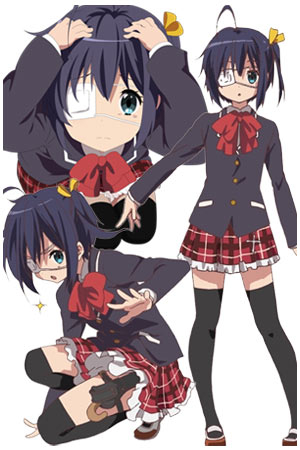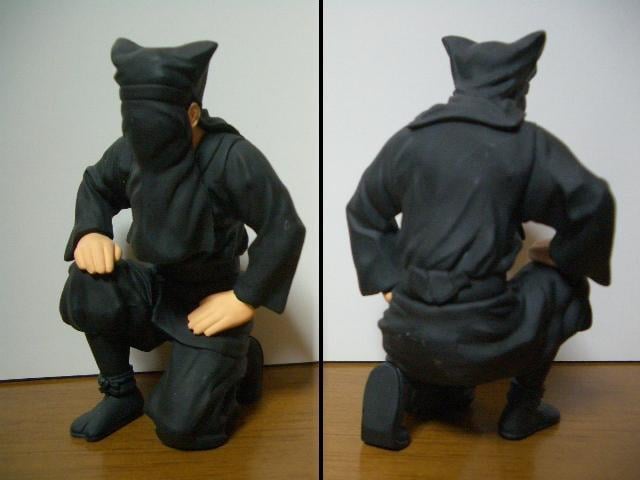The Japanese language is very different from any Western language, and just as English speakers need to get used to the concept of genders for nouns in European languages — can anyone explain why a spoon is male, a fork female and a knife neutral in German? — students of Japanese will encounter some new ideas. These include sentences in SOV (subject-object-verb) word order, grammatical “particles” that mark different parts of sentences for you, plus the custom of omitting information from sentences when it’s clear from context, e.g. saying 行く?iku? for “shall we go to lunch now?” although all you actually said was “go?” Another new concept is the っ sound, aka “small tsu,” essentially a brief pause in the middle of some Japanese words similar to the glottal stop you hear in words like mitten, uh-oh, and Hawai’i. This sound is represented in English by double consonants, as seen in Lotte, purveyors of quality caffeine gum and Rikka, the lovable girl from Chuunibyo Demo Koi ga Shitai. Another issue in Japanese is differentiating long and short vowels, something that we don’t have in English. When LEGO used the Japanese word for “imagination” (空想) for its experimental crowd-sourced model project, it wisely changed the spelling to Cuusoo. The more common romanization of kuusoh (with two long vowels) might accidentally be reduced to kuso (with two short vowels), which is a Japanese expletive meaning “poop.”(As usual, I always advise that you lean Japanese from books like the Genki series or White Rabbit flash card series, which “force” you to read Japanese in proper hiragana and katakana rather than in the English alphabet. This helps you learn more accurately and reduces any speaking accent later.)
















